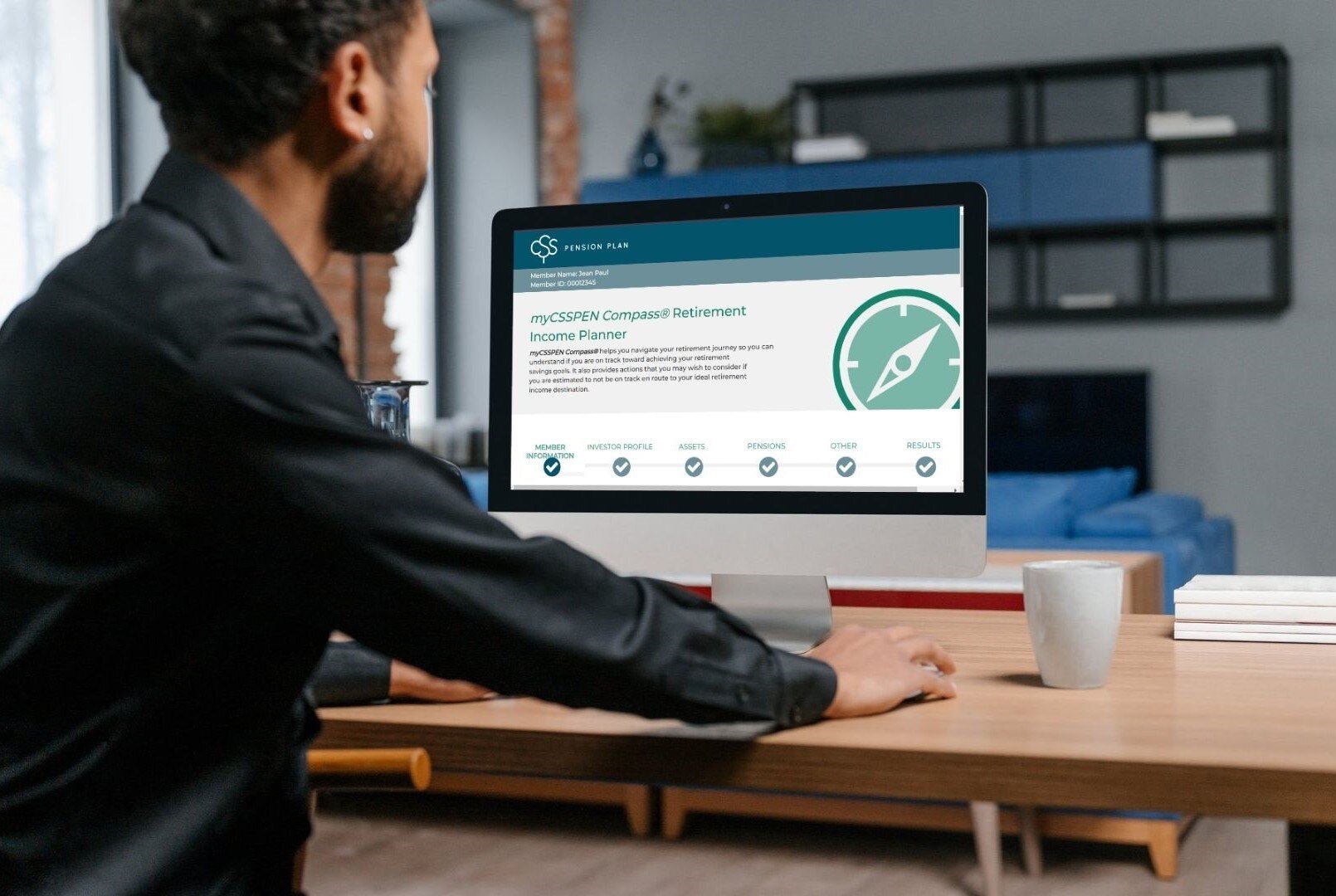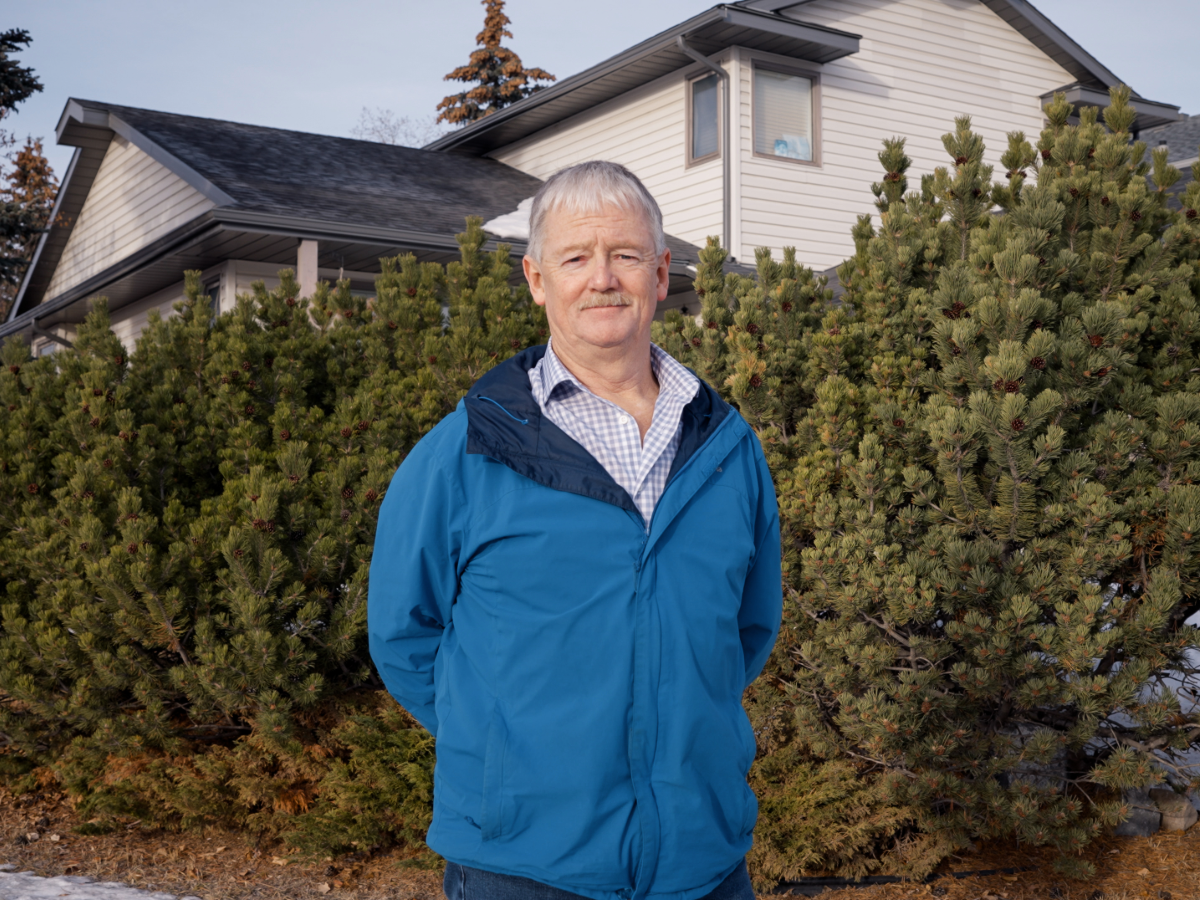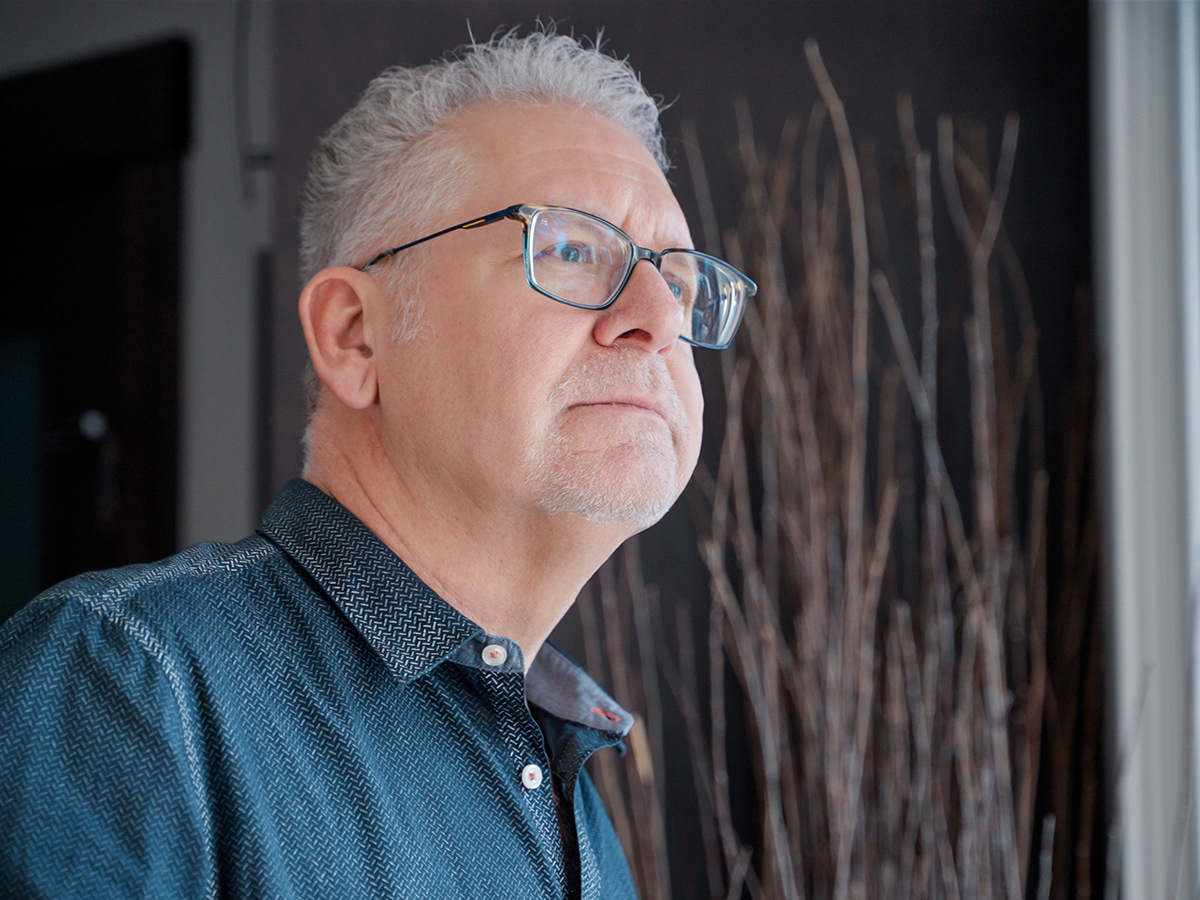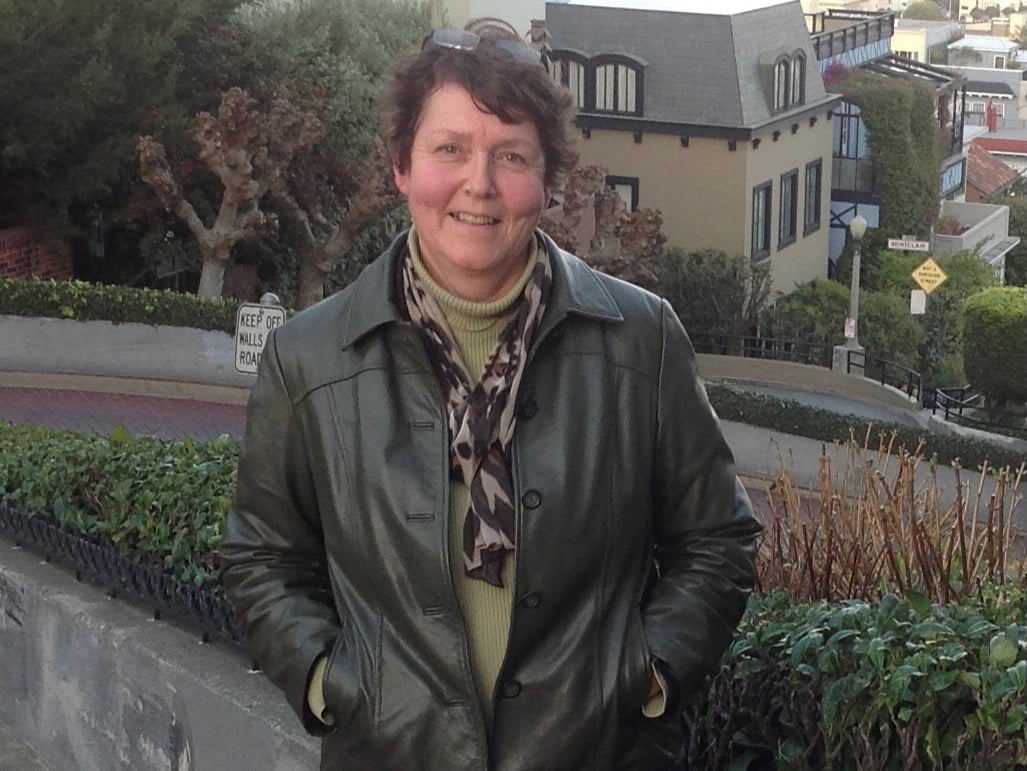

Five essential considerations for developing an efficient decumulation plan in Canada
Welcome to Part 4 our four-part series on navigating the complexities of retirement income and finances in Canada. This series offers insights and strategies to help you manage your retirement income in a tax-efficient way.
- Part 1: Discover five key strategies for tax-efficient retirement income planning, supplemented with “Understanding your sources of retirement income”
- Part 2: An introduction to specific tax strategies you can use to help you keep more of your retirement income in your pocket
- Part 3: Explore essential considerations for developing a tax-efficient decumulation strategy
- Part 4: An in-depth look at CPP and OAS benefits

Understanding CPP and OAS
When it comes to retirement, one of the biggest questions on people’s minds isn’t just about their workplace pension—it’s about government benefits like the Canada Pension Plan (CPP) and Old Age Security (OAS).
When should I start my CPP and OAS payments? How much will I receive? Is CPP indexed for inflation? Will I have to deal with the OAS “clawback”?
These are some of the most common questions our Advisory Team receives. And while there are general guidelines, the right answers depend on your unique financial situation.
“It's different for everyone,” says Jessica Kreutzer, a Retirement and Pension Advisor at CSS. “There are so many factors to consider, and that’s why we encourage members to reach out to us for guidance.”
The good news? Understanding how CPP and OAS work can help you make informed decisions that optimize your retirement income and support your long-term financial security.
Let’s start with the basics—what exactly are CPP and OAS?
The CPP is a mandatory, contributory pension plan designed to replace a portion (about 33%) of your income when you retire. Eligibility for CPP benefits is based on an individual's contributions to the plan over their working years. While the basic amount age for CPP retirement benefits is 65, you can choose to start receiving CPP benefits as early as age 60 (the “minimum amount age”) or delay benefits until age 70 (the “maximum amount age”).
OAS is a government-funded pension program available to most Canadians aged 65 and older who meet residency requirements. Unlike CPP, OAS benefits are not based on contributions but are funded by general tax revenues. You can start receiving OAS benefits as early as age 65 (the “basic amount age”) or defer benefits up to age 70 (the “maximum amount age”).
In both cases (CPP and OAS), the highest monthly lifetime amount you can receive comes when you start collecting these pensions at age 70.
How do CPP and OAS fit into my overall retirement plan?
Before deciding when to start your CPP and OAS benefits, it’s important to assess your personal financial situation. While you can start CPP and OAS earlier than each of their maximum amount ages (age 70), the right timing depends on factors like your income needs, lifestyle and health.
- Health and life expectancy: Taking CPP and OAS earlier might make sense if you have health concerns or a shorter life expectancy. But remember—starting CPP at 60 permanently reduces your payment. If you delay CPP, your monthly benefit increases for each month you wait, up until age 70.
- Do you need the money? If you have other retirement income sources—such as your CSS Pension Plan, a Tax-Free Savings Account (TFSA) or rental income—you might choose to delay CPP and OAS to receive larger payments later. However, if your income sources are limited, starting benefits earlier could be the better option.
- Risk tolerance matters: “You might want more of your retirement income secured, lifetime and indexed, so risk tolerance plays a role in the decision too,” explains Jessica. Since CPP is indexed for inflation, it provides stable income, making it a suitable retirement income source for those with lower investment risk tolerance.
One important note: CPP and OAS decisions are final—once you start, you can’t change your mind. That’s why taking the time to carefully evaluate your options is essential for a well-planned retirement.
Get the most out of your Canadian government pensions. Visit Service Canada’s “Retirement Hub” to learn more.
How much will my CPP and OAS payments be?
The amount of your CPP payment will depend on how much and for how long you contributed to the CPP, and your average earnings during your working years. The age at which you start receiving benefits can also significantly affect both the amount of CPP and OAS you receive. According to Service Canada, your monthly CPP payment amount could more than double if you started at age 70 vs. age 60.

.png?width=1620&height=1080&name=Graphs%20(1).png)
Let’s unpack both the benefits and drawbacks of early vs. delayed claiming of government benefits.
Early CPP/OAS claiming:
Claiming CPP or OAS benefits early can provide immediate income for retirees who need financial support.
You can start receiving CPP as early as age 60 or as late as age 70. The earlier you begin, the less your monthly benefit will be (compared to age 70). Specifically:
- If you take CPP before age 65, your benefit is reduced by 0.6% for each month (up to a 36% reduction at age 60 if counting from age 65).
- If you take CPP after age 65 but before 70, your benefit is increased by 0.7% for each month you wait (earning you up to a 42% increase at age 70 if counting from age 65).
- Another way to look at it is: If you wait to draw your CPP until age 70, you will receive the highest possible lifetime benefit. So, for example, taking your benefit at age 65 instead of age 70 would mean your monthly indexed payment is 42% less for life.
OAS benefits are reduced by 0.6% for each month before age 70 (down through to age 65; up to 36%). If you qualify for OAS and have low income, you may also qualify for the Guaranteed Income Supplement (GIS). You cannot receive GIS if you delay your OAS. People who qualify for GIS should not wait to apply past age 65 for OAS.
Delayed CPP/OAS claiming:
Delaying CPP or OAS benefits beyond the basic amount age can lead to increased benefit amounts for retirees. For CPP, benefits increase by 0.7% for each month of deferral after age 65 (up to 42%). OAS benefits increase by 0.6% for each month of deferral after age 65 (up to 36%). Delaying benefits can be particularly advantageous for individuals who expect to live longer and want to maximize their lifetime income.
Service Canada provides some “rules of thumb” to consider when deciding to start your pension as early as the minimum amount age (age 60 for CPP; age 65 for OAS) or as late as the maximum amount age (age 70 for both CPP and OAS).
What if I have a spouse or if I am planning as a single individual?
When planning for CPP and OAS in retirement, your marital status can play a big role. Did you know that if you're married or in a common-law relationship, you may be able to share your CPP pension with your spouse?
This strategy, called pension sharing (not to be confused with pension income splitting—an entirely different concept), can lead to valuable tax savings.
“Especially if one spouse has little or no income and the other has a large CPP pension, sharing can reduce your overall tax bill,” explains Marilyn Shipley, a Retirement and Pension Advisor at CSS.
To qualify for pension sharing, you must be living with your spouse and are either already receiving or are eligible to receive CPP payments.
Beyond pension sharing, if you’re taking a joint approach to retirement planning, also consider:
- What are your spouse’s guaranteed sources of retirement income?
- Do either of you plan to keep working in retirement?
- What kind of lifestyle do you envision? Travelling the world or staying closer to home?
Answering these questions can help you determine how much savings you’ll need in retirement and when the best time to start collecting CPP and OAS might be.
And if you’re planning for retirement as a single individual, that also brings unique considerations.
“If you don’t have a spouse, that factors in too,” Marilyn adds. “You may want to prioritize a more stable income stream to ensure long-term financial security.”
Can I keep working and still receive CPP or OAS payments?
Yes! But there are some important tax implications to consider.
If you’re earning employment income on top of receiving CPP and OAS benefits, your annual income could increase—potentially pushing you into a higher tax bracket.
One key factor to watch out for is the OAS recovery tax (or “clawback”). If your net income exceeds the OAS threshold, part (or all) of your OAS pension could be reduced through recovery tax deductions.
“If you're still working and would be subject to the clawback, you might consider deferring your OAS,” explains Shontelle Flaman, a Retirement and Pension Advisor at CSS.
What about CPP contributions?
- If you’re between 60 and 65 and still working, you can start collecting CPP, but you’ll still have to contribute. The upside? These contributions will increase your retirement income later through the CPP.
- After age 65, you can choose to opt out of CPP contributions if you prefer.
If you worked and contributed to CPP in 2019 or later, you’re also entitled to the CPP enhancement—a “top-up” benefit.
Here’s the bottom line:
- Before 2019, CPP was designed to replace about 25% of your pre-retirement income.
- With the CPP enhancement, that number is increasing to about 33%.
This means higher CPP benefits for future retirees—but planning when and how to take your CPP and OAS are still key to making the most of your retirement income.
How can I create a personalized retirement plan that considers all my sources of retirement income?
Just as you would plan for other milestones in life, like a wedding or baby, planning for a secure retirement is also crucial.
Creating a retirement plan is a great way to learn about your options and determine when accessing CPP and OAS benefits might be best for you.
As a CSS member, you can use our complimentary, online myCSSPEN Compass® Retirement Income Planner to create a personalized plan that includes all of your sources of retirement income, including CPP and OAS. To ensure you receive the most accurate results, we encourage you to first gather your personal CPP and OAS numbers to input into the tool. You can obtain your unique information by visiting My Service Canada or by calling Service Canada directly at 1-800-277-9914.
Our Advisory Team is also here to help guide you. Contact us to book an in-person or virtual appointment with a Retirement and Pension Advisor to discuss your situation.
Conclusion
By carefully considering the strategies outlined in this article and the nuances of CPP and OAS benefits, Canadians can develop comprehensive retirement income plans that optimize their financial security and well-being in retirement. Leveraging government benefits optimization can help you navigate the complexities of retirement planning and achieve your long-term financial goals.







.png)








































